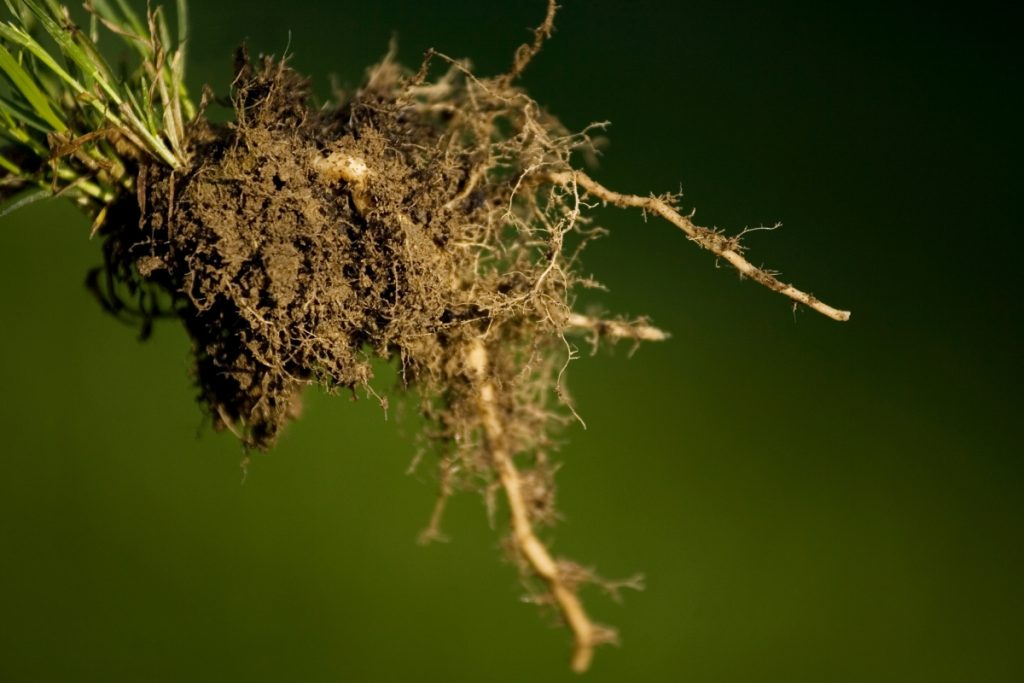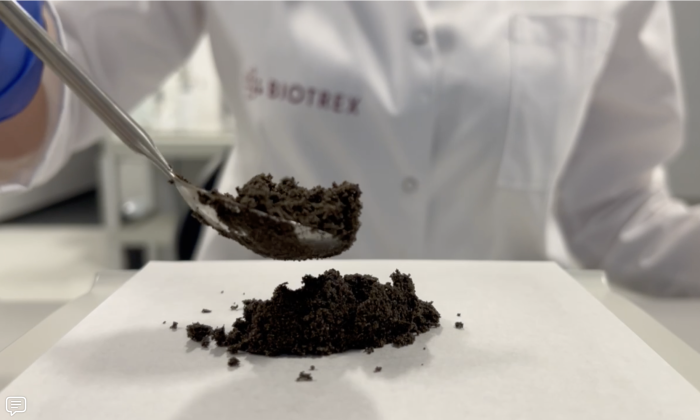Why Do We Test Soils?
Chemical soil testing is standard practice in modern agriculture. It is recommended by agronomists and scientists, and often offered by fertiliser companies. It’s like checking your fridge before you go shopping – you need to know what’s missing.
But soil isn’t just a container for minerals. Nitrogen, phosphorus and potassium alone don’t guarantee healthy crops. Soil is a living ecosystem and ignoring its biological side means missing opportunities to improve fertility and ensure long-term soil health.
The Three Pillars of Soil Health
A thriving soil environment is the foundation of healthy crops and profitable farming. Soil fertility is shaped by three key properties:
- Chemical – This includes mineral content and cation exchange capacity (CEC), which influence nutrient availability for plants.
- Physical – Soil structure affects water retention, aeration, and root penetration. Compacted or poorly structured soil can limit root growth and reduce productivity.
- Biological – Soil microbial activity drives essential processes such as organic matter decomposition, nutrient cycling, and disease suppression. Without a thriving microbial community, soil cannot sustain long-term fertility.
When these three factors work together, they create a resilient soil ecosystem that supports plant growth, even under changing environmental conditions.
At the heart of this system are soil microbes. Properly managed, they drive nutrient cycling, improve soil structure and build resilience, making them the engine of both farm productivity and environmental sustainability.
However, standard soil tests tend to focus on chemistry, leaving out critical biological information. And that’s a problem – because without understanding soil life, we can’t fully improve soil health.
Regenerative Agriculture Needs Biological Soil Metrics
Drought, heavy rainfall, and extensive use of mineral fertilisers all impact soil microbes. As these underground ecosystems weaken, crops become more vulnerable to stress and easier targets for diseases. Yields drop, input costs rise, and the environmental impact grows.
Regenerative agriculture offers a solution by restoring natural processes to improve soil functioning, but to track real progress, we need better metrics.
Chemical tests are not enough because they do not measure the biological processes that determine soil function and resilience to abiotic stress. Without an understanding of soil biology, we risk missing key insights needed to build resilient, productive soils.
Soil Microbes as Indicators of Soil Health
Soil microbes are the engineers of the soil ecosystem, driving essential processes that support plant health and soil fertility. They break down organic matter, fix nitrogen, and solubilise phosphorus, ensuring nutrients are available for crops.
Due to their small size and rapid growth, soil microbes respond rapidly to changes in management and environmental conditions, making them highly effective indicators of soil health.
A rich microbial community means a well-functioning soil ecosystem. A decline in microbial activity can signal stress, degradation or imbalance – often long before chemical tests reveal problems.
BIOTREX: Making Soil Life Measurable
At BIOTREX, we see the farm as an ecosystem, with soil microbes at its very core. While microbial communities vary from region to region, they perform universal tasks that keep soil fertile – breaking down organic matter, cycling nutrients, and supporting plant growth.
By measuring soil microbes – the key indicator of soil health – we can take action before productivity declines and crops suffer.
BIOTREX Soil Microbial Analysis captures activity of soil microbial community, providing a measurable way to assess soil biology and the impact of different management practices.
With these insights, you can:
- Identify fields with critically low soil microbial activity.
- Compare how different management practices impact soil life.
- Track the effectiveness of biostimulants, organic amendments, and regenerative practices.
More than anything else, BIOTREX gives you the ability to communicate the unseen. With clear, data-backed insights, you can show growers and stakeholders how microbial life responds to different practices – turning invisible soil life into actionable knowledge.
This is particularly valuable for manufacturers of biostimulants and soil activators whose products interact with soil microbes and support their function. BIOTREX makes this visible.

Biostimulants in Agriculture: Benefits, Risks & the Role of BIOTREX Soil Microbial Testing
Explore the benefits and risks of biostimulants in agriculture. Learn how they impact plant growth, soil health, and microbial communities with soil microbial testing.
Microbial Testing: A Smart Approach
Soil health is the foundation of sustainable and profitable agriculture, but chemical testing only tells part of the story. To make smarter, more informed decisions, we need to look beyond nutrient levels and understand the biological processes that drive fertility and resilience.
Soil microbial testing fills this gap, providing a deeper understanding of soil life and its role in supporting crops.
By working with natural processes instead of against them, we can improve efficiency, reduce risks, and build healthier soils for the future.
So, if soil health is at the heart of your business, make sure your metrics match your mission.
Ready to explore how BIOTREX can support your goals?
Book a free call with our experts and discover the impact microbial data can have on your business.

